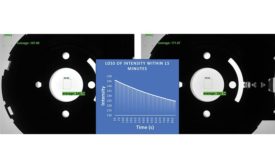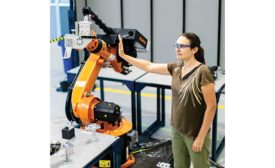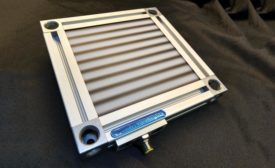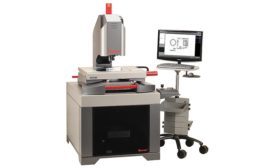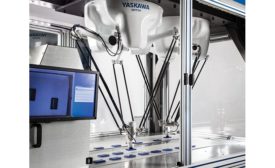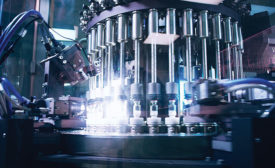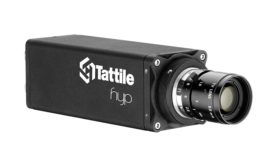Home » vision systems
Articles Tagged with ''vision systems''
A number of factors come into play that can affect light intensity.
Read More
Vision Robotics Takes Off
Machine vision and robots continue to solve problems on the factory floor.
May 8, 2019
Machine Vision Lens Performance
A number of factors are important in lens design, including lens resolution, spatial distortion, and uniformity of illumination.
May 1, 2019
Patterned Area Lighting Simplifies Imaging of Reflective and Transparent Surfaces
The goal of PAL lighting is to enhance diffiult-to-image flaws so machine vision software can evaluate them.
March 1, 2019
Simple Steps to VGR Implementation
Vision technology is constantly being updated, especially where speed and resolution are concerned.
January 1, 2019
Vision System Assures Glass Act at California Shop
With the vision system in place, PG&O has substantially ramped up its inspection productivity.
April 30, 2018
Stay in the know with Quality’s comprehensive coverage of
the manufacturing and metrology industries.
eNewsletter | Website | eMagazine
JOIN TODAY!Copyright ©2025. All Rights Reserved BNP Media.
Design, CMS, Hosting & Web Development :: ePublishing
